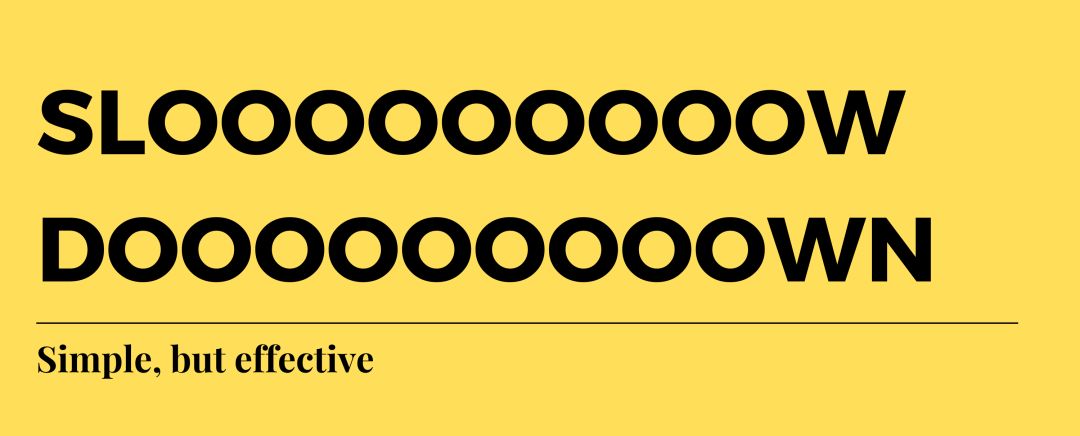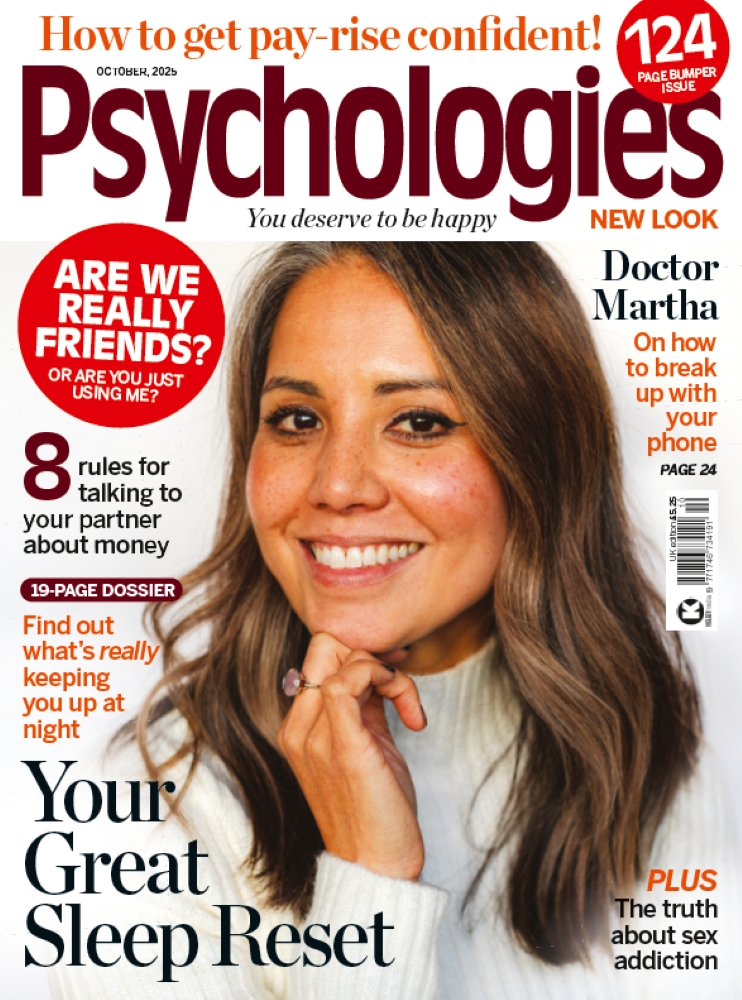Slooooooow doooooooown: simple, but effective

Sometimes my mind is in two different places, and this happens to me pre-and-post-work in particular. It makes me speed up and tear around the place, which doesn’t often help.
Pre-work and particularly during the school run, I am sometimes carrying around a tension in my stomach, I am distracted when my kids or my wife try to talk to me, and I am that little bit more liable to snap. I move quickly, racing about the place, slinging things into the dishwasher and giving orders to the kids as I race past. Some of this is of course real-world time pressure. We are on the clock and the kids just don’t really have the concept of time yet, but some of it is more to do with my mind jumping ahead, with a sense of urgency about work that I don’t actually really need.
Post-work it’s similar. I squeeze in as much as I can towards the end of the day, then race down the stairs to go and help with or make dinner – depending on the day and the various activities – but while my computer has been switched off, my mind hasn’t followed suit. I am there, trying to be present and respond to the kids or my wife, but really half of my mind is still upstairs in my office.
There are lots of things we might do here, but for me the simplest, easiest and most effective is just slowing down. We can slow down in a few different ways:
Breathing
When we are tense or anxious, our hearts beat a bit faster and our breathing increases. If we could just think our heart rate slower then that would be job done, but I don’t think any of us are going to master that any time soon. Slowing your breathing slows your heart rate, and it is a little easier for your mind to clear, too.
Movement
When we are on edge, we tend to move quickly, like a bird. We hold bodies tense. However, if you can just slow your movements down, it can help you to drop your shoulders and again helps your heart rate to ease up. Plus it tends to be less stressful for everybody else.
Speech
When you slow down the way that you speak and you purposefully use a calm tone and pace, your breathing slows down without you having to do anything else.
Eyeballs
Might sound strange, but it is a good one. When I am stressed my attention flits around the place and I really don’t spend long looking up and seeing what is around me. Purposefully spending longer actually looking at my family when I am talking to them, raising my chin and seeing what is going on around me helps me feel more grounded, more present with them. It’s a little easier for my mind to be in the room, rather than off somewhere else.
Thanks for reading. Until next time,
Ted
P.S. Maybe give it a try now while it is on your mind.
Ted Bradshaw
Cognitive Behavioural Therapist and Coach
My name is Ted Bradshaw (@cbtted on Instagram and TikTok) and my main aim is to make mental health and anxiety in particular much easier to understand. I am a Cognitive Behavioural Therapist accredited by the BABCP and have been working in this area for over 15 years. I am an honorary Assistant Professor of Psychological Therapies at the University of Nottingham and I also work as a coach, accredited by the International Coaching Federation to PCC level. On my first day of training as a therapist, I was immediately annoyed. The things I was learning seemed so useful, and I was confused as to why I had never been taught any of this before, because it would have been so useful. For me, it seemed ridiculous that we would wait until people feel really bad before we offer them any information or insight into how anxiety or how a mind works. That is what led me to look into coaching and it is also why I spend a good deal of my time writing about and making short videos on lots of different aspects of mental health and anxiety in particular. As a parent, I have also found that what I know about anxiety has been so useful to me when dealing with my own children, so a lot of my focus is upon parents understanding anxiety for their children, too. These days in my 1:1 work with enduring mental health issues such as depression. OCD or PTSD, and I also work with people who might not be sure whether it is therapy they need but who are looking to improve something, like confidence or self-esteem. Finally, I also run workshops for schools and businesses on all of these subjects, including how to help an anxious child, good mental health in the workplace and more. You can find me across most social media platforms @cbtted, on Instagram and TikTok in particular.



